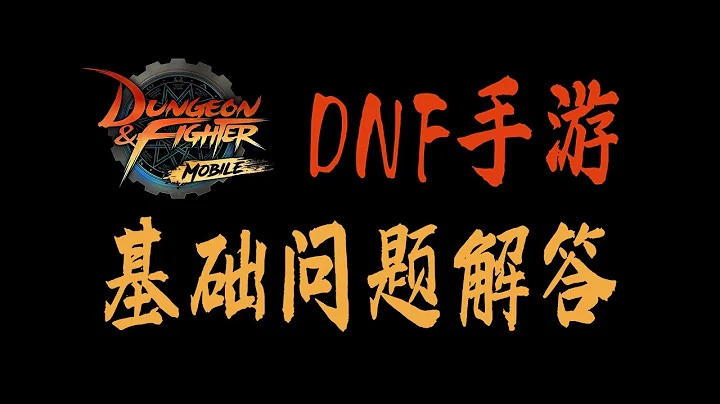Safely simulate risk in a pandemic
Is it possible to conduct experiments about risk-taking during a pandemic without endangering participants? To safely investigate the effectiveness of public health interventions and simulate the dynamics of viral spread, researchers from the University of Plymouth in the UK, IESE Business School in Spain, and the Max Planck Institute for Human Development developed a game-based experiment. Their findings were published in the journal Science Advances.

The world relies on adhering to non-pharmaceutical interventions , such as ventilation, wearing masks, and physical… [more]
The world relies on adhering to non-pharmacological interventions, such as ventilation, wearing masks, and maintaining physical distance, throughout the ongoing pandemic Improving our safety during this period. As the vaccine toolbox improves, these measures and the public health messages that come with them continue to play an important role. Scientific evidence shows that physical distancing and wearing masks can help limit the spread of the virus. However, these measures pit individuals’ personal interests — their desire for social life, the discomfort of wearing masks — against the public interest.
An international study from Germany, the UK and Spain suggests the effectiveness of interventions aimed at promoting safer conditions in the pandemic can be tested. A total of 700 participants from the United States played a variant of an online game that simulated the spread of the virus in groups of 100 players. The researchers designed a neutral framework that made no mention of masks, mandates or medical terminology. They developed a game that captures three key elements of a pandemic: the unpredictable potential for exponential growth, the social dilemma between individual gain and collective risk, and the compounding of small transmission risks.
In the game, 100 names start out as blue (healthy), then 8 randomly selected players turn purple (infected) during the initial outbreak. From the beginning, no one knew the color of their advance. In each of the 25 rounds of the game, players choose between two actions: G (the safer option, which stands for wearing a mask or keeping distance, potentially awarding 8 points) and H (the riskier option, which may award 8 points) 40 marks) ). Potential rewards represent consequences for personal happiness or self-interest.
Players who are randomly paired with a purple player have a chance to turn purple themselves, with a spread probability between 0.05 and 0.25. This means that on average, 1 to 5 out of 20 encounters result in transmission. The exact probability depends only on the action (G or H) chosen by both players for that round. After 25 rounds, only players who remain blue (or "healthy") throughout the game receive a monetary reward. When more players are "infected" overall, the bonuses received decrease. Payout size increases with accumulated points.
The study tested the effectiveness of five interventions in preventing risk-taking behaviors for a disease without intervention. Interventions that include messages with an ethical component are most effective. Simulations across multiple different games or graphical depictions of the potentially wide-ranging consequences of early infection are also successful. In contrast, providing information on the expected number of cases in this round was not effective: participants seemed unable to predict the exponential growth in transmission. Perhaps surprisingly, communication that focuses on the behavior of others (e.g., describing how often others wear masks) can even prompt people to take greater risks and lead to negative consequences in experiments.
It turns out that nothing is more effective than a clear rule and a compelling moral reason to follow it. The results also suggest that some people will always choose to risk themselves and others in pursuit of potential personal gain. That said, an important swing group can also be dissuaded from taking risks if appropriate interventions are implemented. Knowledge gained from observing behavior in simulated experiments is applicable to real-life conditions and leads to slowing transmission and reducing the burden on health systems.
“Non-pharmaceutical interventions – such as wearing masks, maintaining physical distance and reducing contact – require large-scale behavioral changes. Behavioral Science provides tools to promote individual compliance, but the relative effectiveness of methods has rarely been tested in controlled experimental scenarios that still reflect the dynamics of an infectious disease outbreak. What is very important about this framework is that it allows interventions to be safely tested before they are implemented with potential health effects on participants," explains Jan K. Woike, associate researcher at the Center for Adaptive Rationality at the Max Planck Institute for Human Development. said.
“The next COVID variant or the next pandemic may be coming in the future. Policymakers need to know which interventions are most effective in promoting socially beneficial behaviour. This research project is a step toward answering this question without endangering participants. "


















![[MV] WeAreYoung(위아영) _ Only I Love You(다만 널 사랑하고 있어 ) - DayDayNews](https://i.ytimg.com/vi/sTPvHVzWsNs/hqdefault.jpg?sqp=-oaymwEcCOADEI4CSFXyq4qpAw4IARUAAIhCGAFwAcABBg==&rs=AOn4CLDSpKw31cLB5BdOlbQVUFMBdlFgeA)


